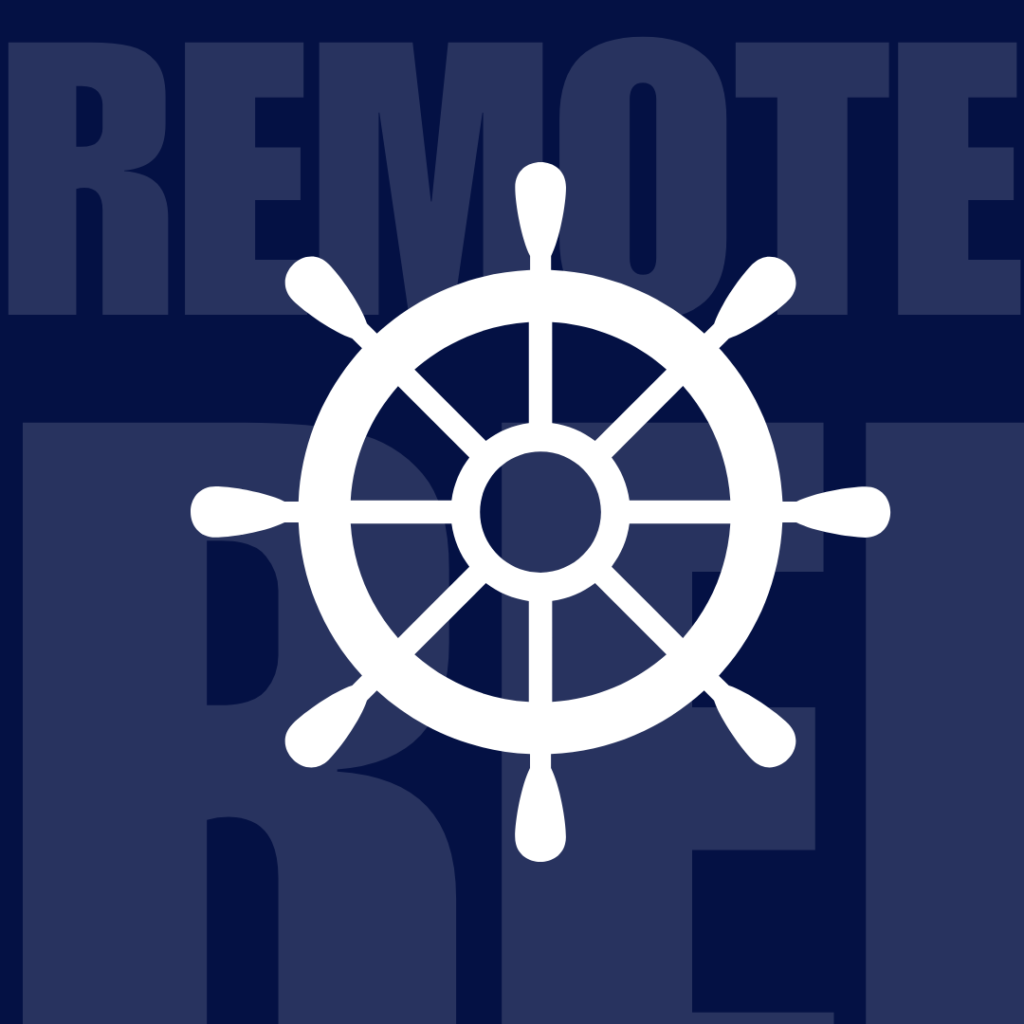
Applicant Tracking System (ATS): The Key to Streamlining Your Recruitment Process
In the fast-paced world of recruitment, hiring the right talent efficiently is crucial. Enter the Applicant Tracking System (ATS) — a tool that has revolutionized the way companies manage their hiring processes. But what exactly is an ATS, and how can it improve your recruitment efforts? Let’s dive into the benefits and features of this essential software.
What Is an Applicant Tracking System (ATS)?
An Applicant Tracking System (ATS) is software designed to streamline and automate the recruitment process. It helps HR teams and hiring managers to manage the flow of applications, track candidates through various stages of the hiring process, and organize resumes and job applications. Essentially, an ATS acts as a digital gatekeeper to ensure that the most suitable candidates are identified and moved forward in the recruitment process.
Instead of manually sifting through countless resumes, the ATS system can scan, rank, and filter candidates based on their qualifications, experience, and the relevance of their resumes to the job description. This automation saves time, reduces human error, and ensures a more efficient and effective hiring process.
How Does an ATS Work?
When candidates apply for a job, their resumes and application materials are uploaded into the ATS. The system automatically parses and organizes the information, extracting key details such as names, contact information, work experience, and skills. The ATS can then use keywords and algorithms to match candidates with the best-fitting roles based on the job description.
In addition to organizing resumes, many ATS platforms also offer features such as:
Job Posting and Distribution: An ATS can help you post job listings to multiple job boards and social media sites simultaneously, ensuring a wider reach for your job opening.
Resume Screening: The system can filter through resumes to highlight candidates who meet specific criteria, helping you save time on manual screening.
Collaborative Hiring: ATS allows team members to leave notes, rate candidates, and track feedback, making collaboration easier and faster.
Interview Scheduling: With integrated calendars, an ATS can help coordinate interview schedules between candidates and hiring managers, reducing scheduling conflicts.
Reporting and Analytics: Most ATS tools come with reporting features that provide data on candidate pipelines, time-to-hire, and diversity metrics, among others. These insights can help refine future hiring strategies.
The Benefits of Using an ATS
Improved Efficiency
An ATS saves your team a considerable amount of time by automating manual tasks. Instead of reading every resume manually, the system does the hard work of sorting and ranking applicants. This enables recruiters to focus on high-quality interactions and makes the process faster and more organized.
Better Candidate Experience
With ATS systems, candidates often have a smoother application process. Instead of emailing resumes or filling out long forms, they can apply through a streamlined portal, making the entire process more user-friendly and transparent. It also ensures that no candidates fall through the cracks.
Enhanced Collaboration
An ATS fosters collaboration by allowing multiple stakeholders to participate in the hiring process. Feedback from HR teams, department heads, and hiring managers is centralized, making it easy to communicate and make decisions faster.
Better Quality of Hire
By filtering out unqualified applicants and highlighting the most suitable candidates based on data, an ATS can improve the quality of hires. The system ensures that candidates who fit the job requirements are prioritized, leading to a more successful recruitment process.
Data-Driven Decisions
Most ATS platforms provide analytics and reporting features, which help you track key metrics such as time-to-hire, cost-per-hire, and candidate sources. These insights give you a better understanding of your hiring process and highlight areas for improvement.
Common Challenges of ATS Systems
While an ATS can bring substantial benefits, there are a few challenges to consider:
- Over-Reliance on Keywords
ATS systems rely heavily on keywords, meaning if a candidate’s resume does not include the exact terminology from the job description, it might be overlooked. This can sometimes result in qualified candidates not being shortlisted due to slight discrepancies in their wording. - System Complexity
Some ATS systems can be complex and difficult for hiring teams to navigate, especially for smaller organizations that don’t have a dedicated HR tech expert. Proper training and onboarding are essential for successful implementation. - Costs
While the efficiency gains are substantial, ATS platforms come with costs that may be prohibitive for small businesses. Depending on the features and scale, the pricing can vary, so it’s essential to evaluate your needs before investing in an ATS solution.
An Applicant Tracking System is more than just a tool; it’s a game-changer for companies aiming to improve their hiring efficiency. By automating resume screening, streamlining communication, and offering insightful analytics, ATS systems not only save time but also ensure a better experience for both recruiters and candidates. In today’s competitive hiring landscape, leveraging an ATS can give your company a significant edge in attracting top talent and building a strong workforce.

